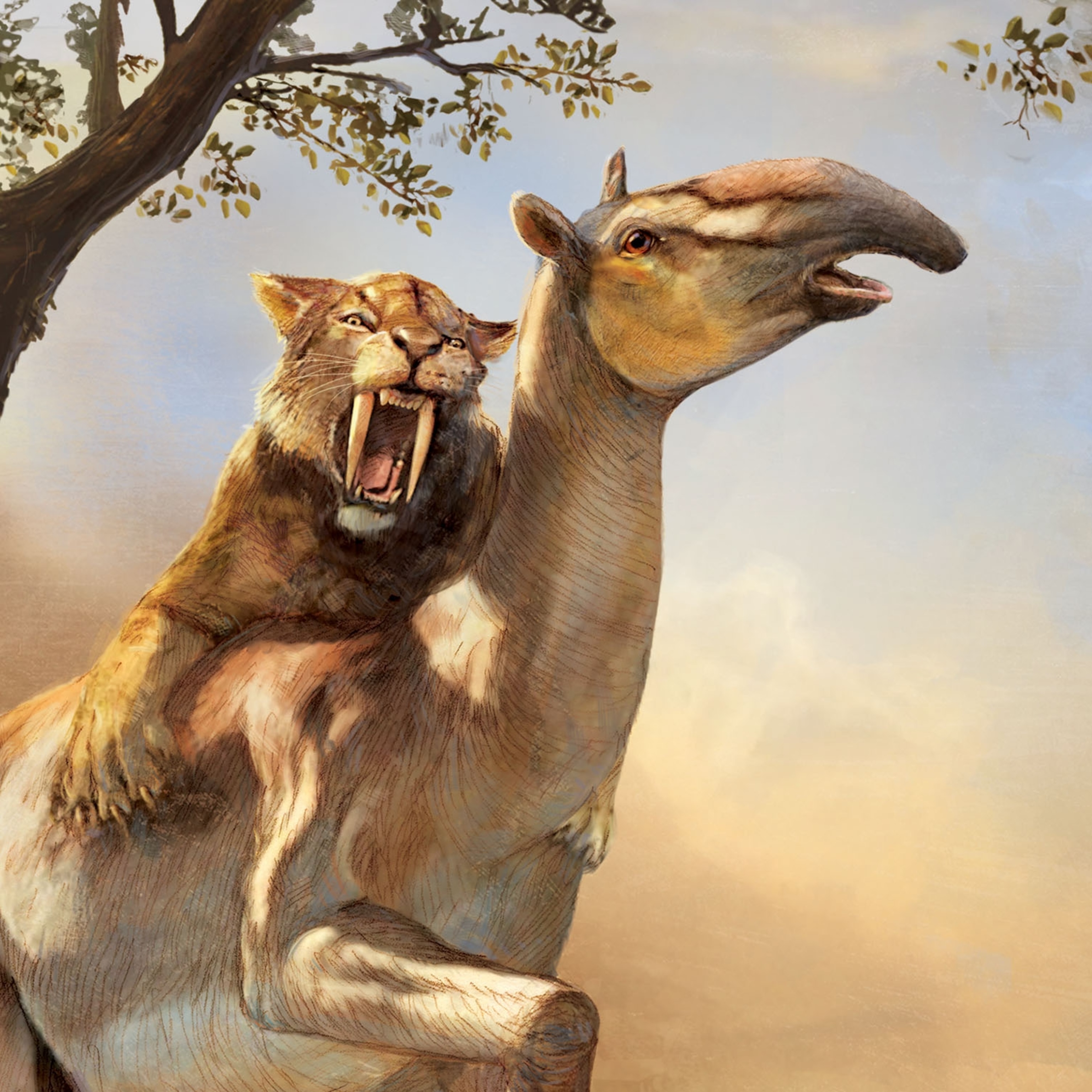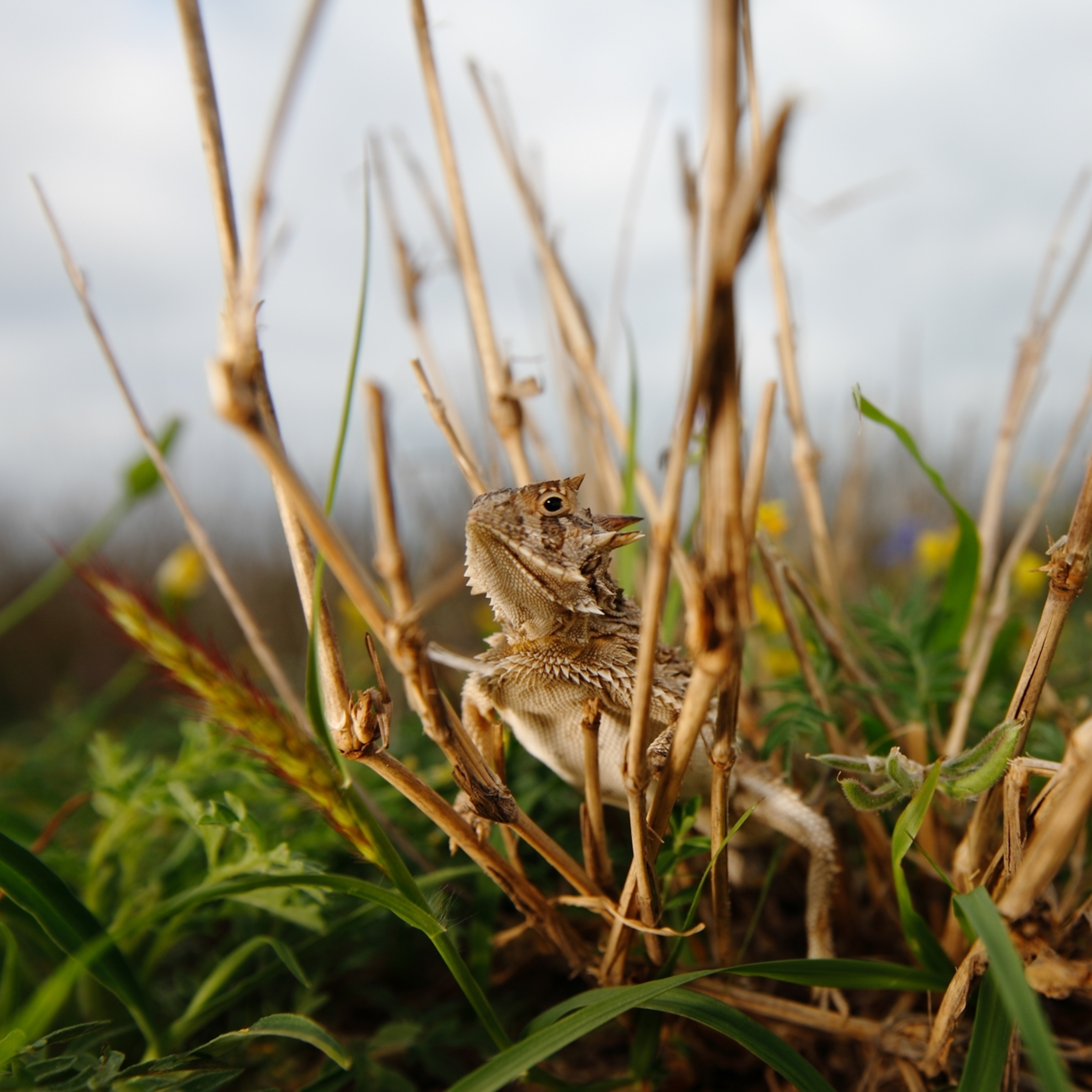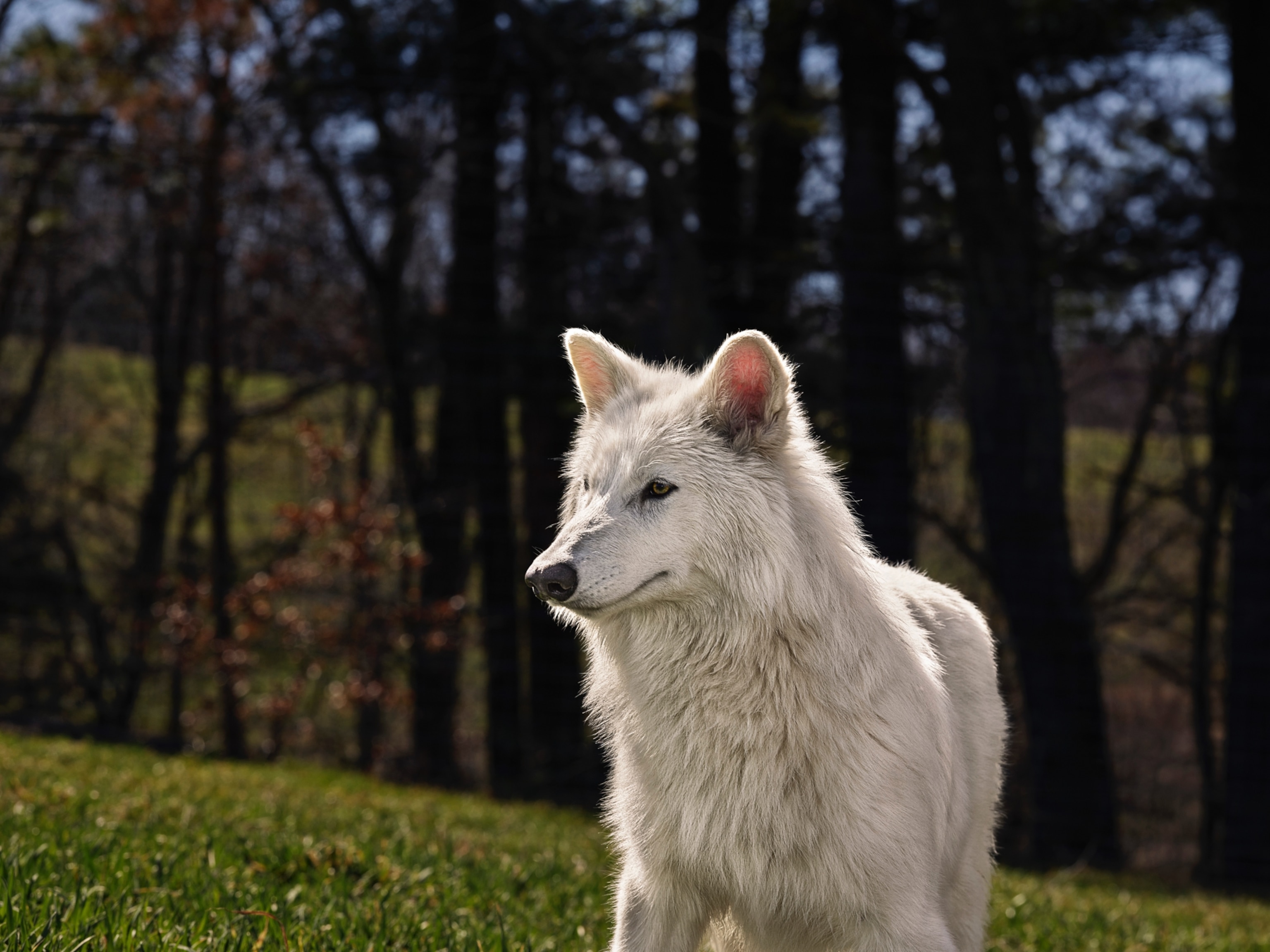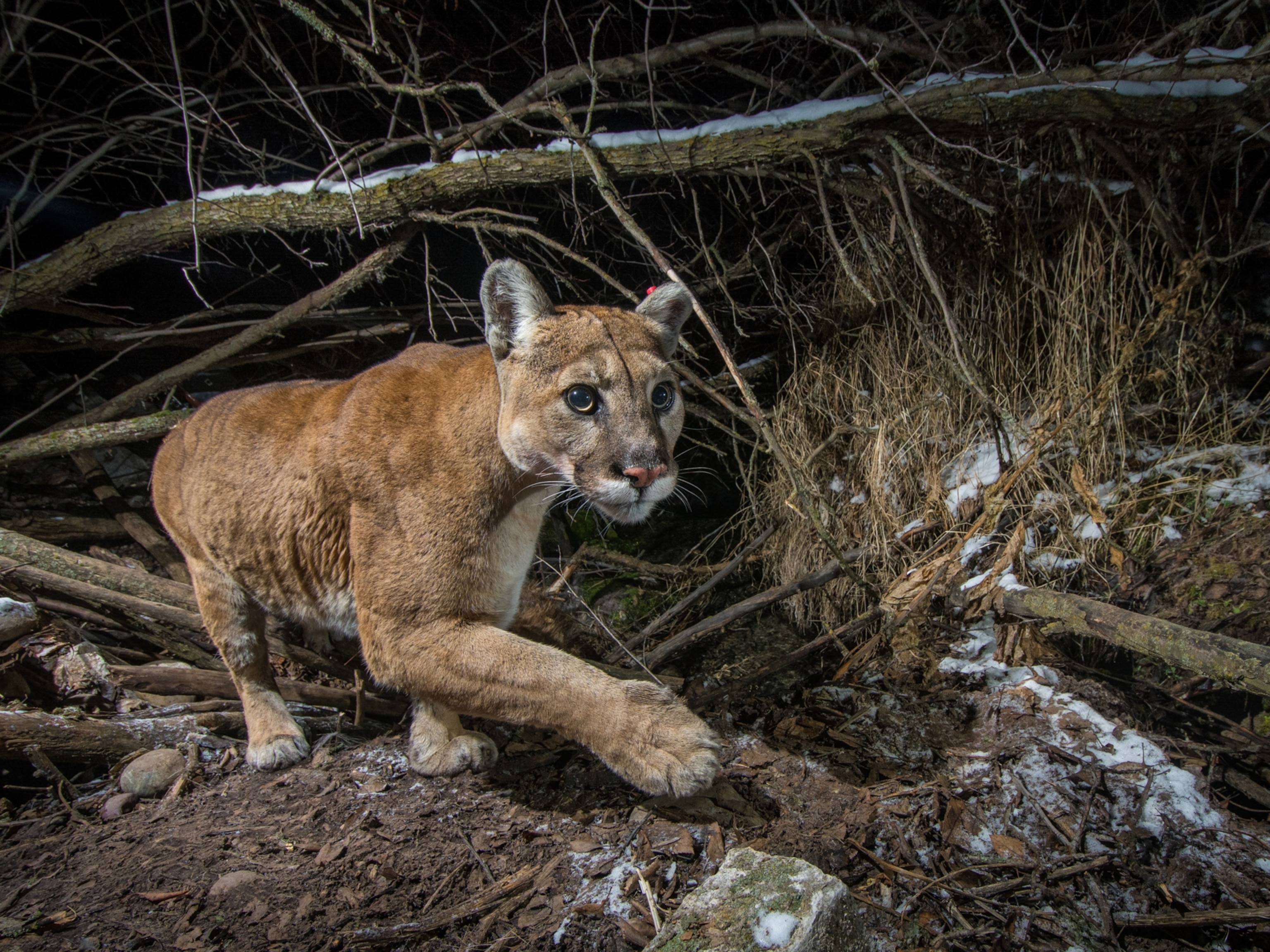
The world’s first saber-toothed cat mummy has been found in Siberia
This remarkably well-preserved cub could help scientists answer questions about sabertooth anatomy, hunting, and even coat color.
For nearly two centuries, paleontologists have wondered what saber-toothed cats really looked like. Despite models in museums, dramatic paleoart, and even a starring spot in the Ice Age movies, the appearance of these long-fanged predators has been a mystery. All experts have really had to go on are fossilized bones and the occasional footprint. Now a frozen cub found in the Siberian permafrost has provided the world with a glimpse of a sabertooth that roamed across the Northern Hemisphere around 32,000 years ago.
“I was over-the-moon excited to see such an incredible specimen,” says Ashley Reynolds, a paleontologist at the Canadian Museum of Nature who was not involved in the new research. Even though mummified mammoths and other herbivores have been found in the same region of Russia, apex predators are rare compared to their prey. The discovery of a sabertooth mummy always seemed a slim chance, as prey tend to outnumber predators in the wild.
In 2020, “the frozen, mummified carcass was found by diggers prospecting for mammoth tusks,” says paleontologist A.V. Lopatin of the Russian Academy of Sciences. Lopatin and his colleagues were “surprised and delighted” to study the specimen which they described November 14 in Scientific Reports.
The frozen cub not only provides the first look at what a saber-toothed cat looked like in real life, Reynolds notes, but also represents a life stage that paleontologists know less about, as most fossils are from adult animals.
Seeing a sabertooth fur real
Lopatin and his coauthors identified the cub as a baby Homotherium latidens. The carnivore, sometimes called a scimitar-toothed cat for its shorter, serrated canine teeth compared to the “dirk-toothed” Smilodon, was a lanky and wide-ranging predator that was better suited to running after prey than the ambush techniques used by the famous Smilodon. Found in both Eurasia and North America, the cat hunted juvenile mammoths and other megafauna. Fossil sites such as Friesenhahn Cave in Texas indicate that the felines sometimes made dens in caves to raise their cubs.
Without fossils that preserve soft tissue like fur, muscle, and skin, paleontologists have debated what Homotherium would have looked like. For example, illustrators have often depicted sabertooths with the tips of their canines sticking out below their muzzles, which may have been true for some species like Smilodon. But a 2022 analysis suggested that Homotherium had deep muzzles, where the cat’s sabers were “concealed weapons” covered by the upper lip when the mouth was closed.
Even with the mummy, the question of whether Homotherium adults had covered fangs is challenging. Lopatin notes that the upper lip of the cub is more than twice as deep as that of a modern lion cub, further hinting that Homotherium had lips capable of concealing the long canine teeth that they would later grow. Reynolds cautions, however, that the cub did not have its adult teeth yet. Only a mummy of an adult Homotherium can settle that debate. The “saberkitten” suggests that an adult Homotherium mummy could be awaiting discovery, as well.
In other respects, the cub’s anatomy confirms what paleontologists expected from bones. “The cub had the enlarged neck muscles thought to occur in adults, and also had long, muscular forelimbs seen in adult Homotherium,” says Margaret Lewis, a paleontologist at Stockton University in New Jersey who was not involved in the new study. The juvenile’s jaw was also capable of wide gapes that adult Homotherium used to bite into prey, she notes.
The ancient cat’s coloration is another longstanding question. Modern cat coat colors tend to be associated with their hunting environment. Lions, cougars, and cats that live in open, grassy habitats often have light and relatively uniform coats. Given that Homotherium prowled the chilly “mammoth steppe,” with few trees but lots of grasses, it seemed likely that the cat would also have a coat suited to blending into the wide open spaces.
“The uniform dark brown color of the mummy fur turned out to be completely unexpected,” Lopatin says. Much like a set of cave lion cubs found in the permafrost several years ago, Lopatin notes, Homotherium cubs were likely born with a darker coat color which lightened as the cats grew up.
“It’s fascinating that there doesn’t seem to be any spotting or striping on the cubs,” Reynolds says, as such patterns are common among modern cats, even in species that have more uniform coats as adults. Lewis notes that frozen animals often have a reddish tint, so the cub’s current coat might not reflect their color in life. Genetic analyses of the fur could help clarify what colors Homotherium really wore.
(Here’s how teeth fossils helped inform our view of sabertooths.)
Sabertooths vs. modern cats
Experts will surely keep examining the cub for some time to come. It is the first example of an Ice Age mummy for a mammal species that has no modern equivalent for comparison. Sabertooths specialized in hunting mammoths and other megafauna and perished when their giant-sized prey vanished due to a combination of climate change and human activity. No living cats hunt the way they did, so the fossil’s soft tissue adds a great deal of detail where paleontologists could only be guess from bones before.
Even the cub’s tiny feet are providing new insights. “The paw pads for each toe are much rounder than those of a lion,” Reynolds notes, and the cub lacks a distinctive carpal pad that sits higher up on the leg in modern cats. The reason why is unclear, but investigating the contrast might help experts better discern how sabertooths differ from today’s big cats.
Homotherium and its relatives were not just lions with long fangs, but predators that evolved in a very different world inhibited by an array of strange giants. The frozen cub offers a tangible connection to that time, when sabertooths stalked the plains.








